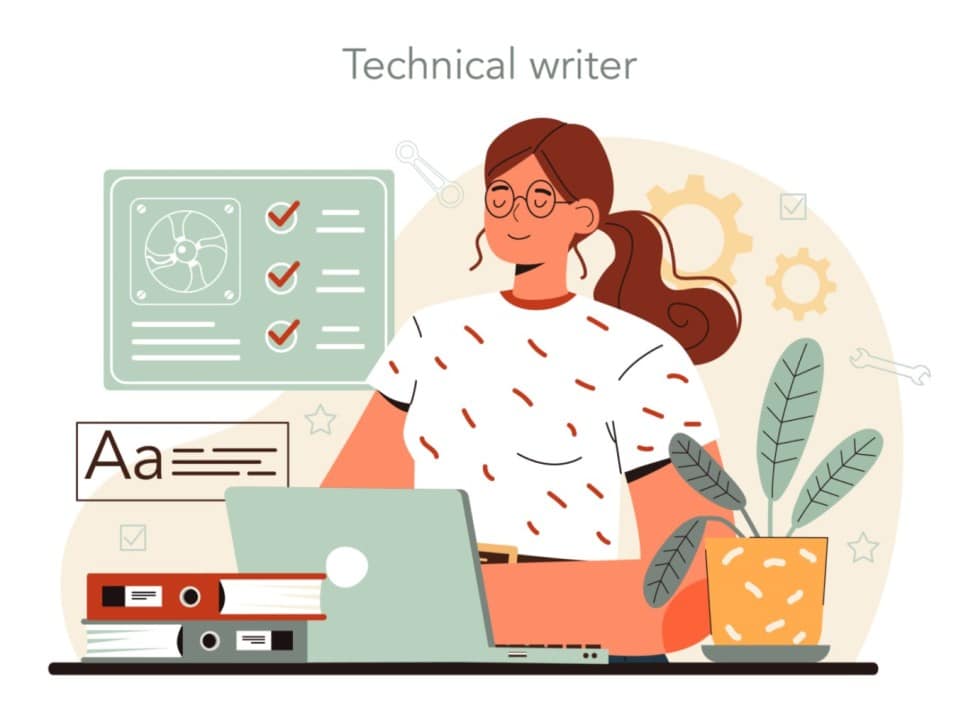Fundamentals of technical writing

Understanding the core principles of technical writing is essential for producing clear, concise, and effective documentation. Whether you're crafting user manuals, reports, or any other form of technical communication, certain fundamental skills are crucial for success.
In this blog post, we'll delve into the essentials of technical writing and offer insights into how you can enhance your technical documentation. Let's explore the technical writing fundamentals that can transform complex information into accessible knowledge.
Clear and Concise Language
One of the technical writing fundamentals is the use of clear and concise language. As technical writers, it's paramount to express complex ideas in a way that's easily understood by the target audience. Avoiding jargon, unless necessary for the audience, and explaining terms clearly ensures that readers won't get lost in translation.
Aiming for brevity also helps in keeping the reader's attention. Lengthy sentences and paragraphs can obscure the intended message and lead to confusion. Be direct, use active voice whenever possible, and eliminate unnecessary words to achieve the clarity your documentation requires.
Logical Structure and Flow
Technical documentation must have a logical structure to guide readers through the information effectively. Start by planning the document's layout, considering the best order to present the information. A well-structured document often begins with an introduction, followed by the main content, and concludes with a summary or next steps.
Having a consistent flow from one section to the next is equally important. Each paragraph should connect to the next, creating a seamless reading experience. Transition sentences can help maintain this flow, leading the reader naturally from one point to another.
Audience Awareness
Understanding your audience is critical in technical writing. The level of expertise of your readers will significantly influence how you present your information. A document meant for engineers will differ in tone and complexity from one intended for consumers.
To address the audience properly, consider what they already know, what they need to know, and how they will use the information. Tailoring the content to meet the readers' needs can greatly enhance the document's effectiveness.
Visual Aids and Formatting
Visual aids such as charts, diagrams, and tables can greatly enhance understanding in technical writing. They provide an alternative way to present data and explain processes that might be too complex in text form.
Formatting too plays an integral role in readability. Consistent use of headers, bullet points, and numbered lists help readers to scan the document and find information quickly. Paying attention to the visual presentation of your content will significantly improve its usability.
Attention to Detail
Precision is crucial in technical documents. Attention to detail ensures accuracy in descriptions, instructions, and data. Misinformation can not only confuse readers but also lead to costly mistakes or accidents.
Proofreading your work for grammatical errors, typos, and other mistakes adds to the document's credibility. A document that's been carefully reviewed is more trustworthy and reflects well on the writer and the organization.
Revision and Feedback
Technical documents can always be improved. Revising your work allows you to refine the content and organize the material more effectively. Be open to feedback from peers or members of your target audience, as it can provide valuable insights for improvements.
Revise multiple drafts and, if possible, test the documentation with actual users. Their experience can highlight areas of confusion that need clarification, ensuring your document performs its intended function.
Consistency and Standardization
Consistency in your language, formatting, and design is key to professional technical documentation. Adhering to style guides or creating a set of standards for your documents ensures consistency and helps establish a recognizable identity for your organization's materials.
Standardization also facilitates easier updates to the documentation in the future, as the foundational structure and style have already been established.
Effective Tool Use
Another fundamental aspect is familiarizing yourself with the tools available for technical writing. Software solutions not only facilitate the writing process but also help in maintaining consistency and managing documentation projects efficiently.
Stay updated on the latest tools and technologies that can support your writing process, from simple text editors to complex content management systems.
In conclusion, mastering technical writing fundamentals is essential for anyone looking to create impactful and user-friendly documentation. By employing these principles, one can effectively communicate complex information and achieve clarity, which is the ultimate goal of technical communication. Applying these core principles consistently will lead to improved understanding and usability of technical documents.

Related